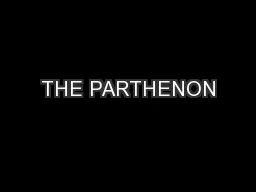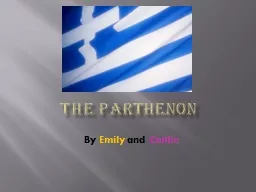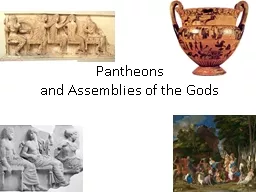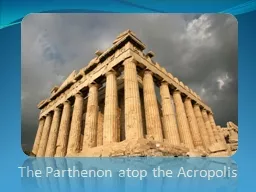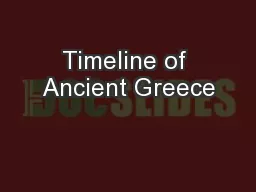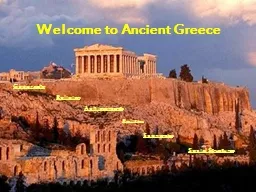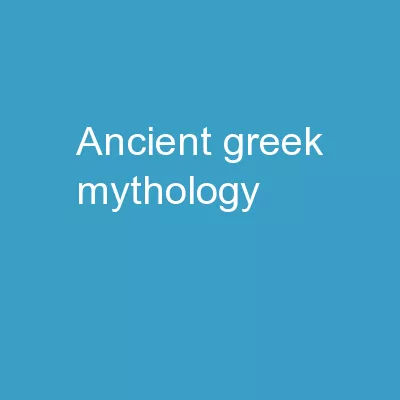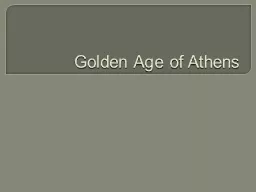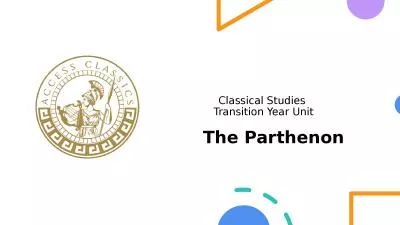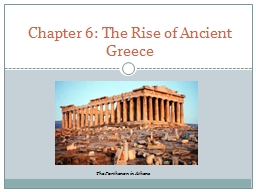PPT-THE PARTHENON
Author : luanne-stotts | Published Date : 2016-09-17
Coloured as it was at its peak WHERE IS IT WHAT WAS IT The Parthenon is a temple on the Athenian Acropolis Greece dedicated to the goddess Athena whom the
Presentation Embed Code
Download Presentation
Download Presentation The PPT/PDF document "THE PARTHENON" is the property of its rightful owner. Permission is granted to download and print the materials on this website for personal, non-commercial use only, and to display it on your personal computer provided you do not modify the materials and that you retain all copyright notices contained in the materials. By downloading content from our website, you accept the terms of this agreement.
THE PARTHENON: Transcript
Download Rules Of Document
"THE PARTHENON"The content belongs to its owner. You may download and print it for personal use, without modification, and keep all copyright notices. By downloading, you agree to these terms.
Related Documents

